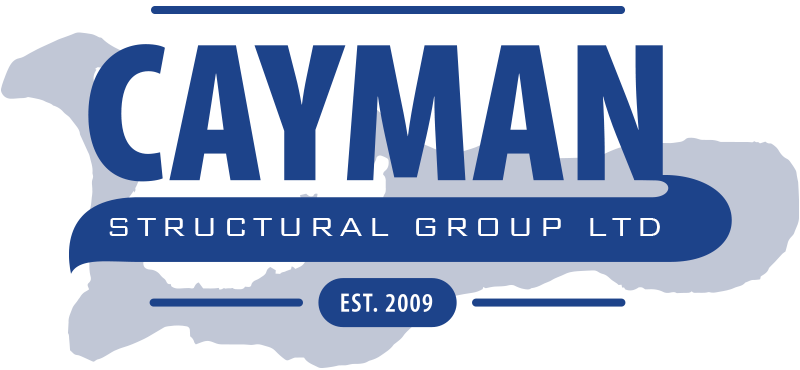Improve Durability Home Equity Real Estate Value
What Is Shell Construction?
Since 2009
Concrete shell construction is designed to provide residential homes and commercial buildings’ support systems as well as architectural and esthetic beauty. If constructed properly, there are many benefits to the property. A building can last for many more years without costly repair and unnecessary maintenance; it can improve equity and value of the real estate, and it will improve the durability and defense against severe weather events. If constructed poorly, a building may be plagued with many problems, including leaks, water damage, sagging (or uneven) roofs and crooked doorways. It is important to plan your concrete shell construction carefully and bring in experienced professionals to ensure it’s done right the first time.
Providing The Very Best
Cayman Structural Group has the skills, experience and resources to provide the very best in concrete shell construction, both for residential and commercial applications. Our team will work effectively on projects of almost any scale. We’re confident you’ll find no better choice in the Cayman Islands for your shell construction needs.
Below we have provided some important guidelines and material information which deserve careful consideration for the planning and development of your construction project:
Your General Contractor Is The Key To A Successful Project
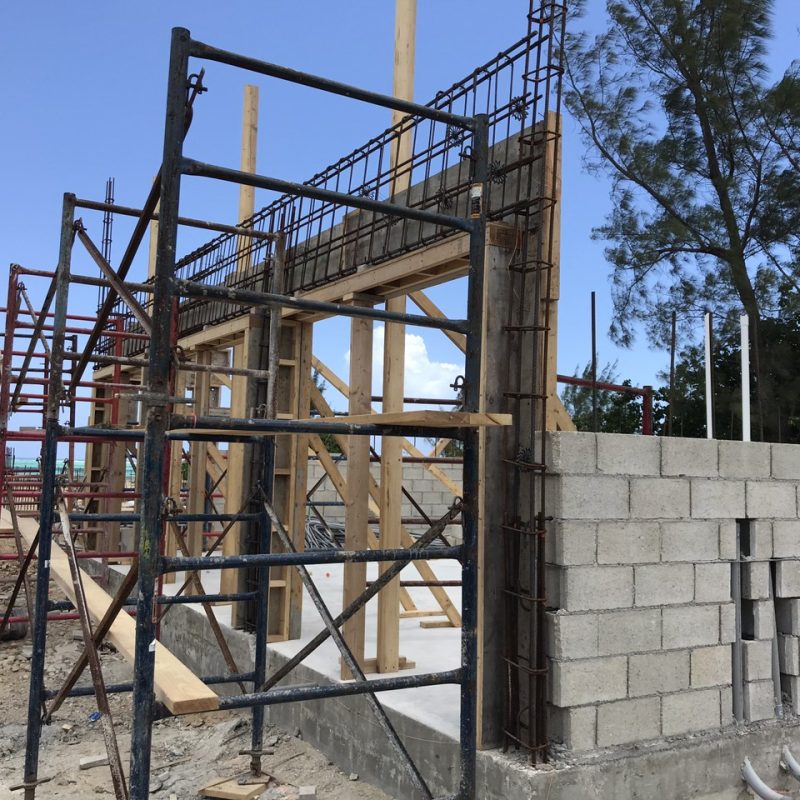
Home Construction & Commercial Building Codes
Be sure to work with architects, engineers, and contractors like Cayman Structural Group who know the local building codes, and are experienced with necessary permits. It is important that your structure is designed to meet or exceed all building and fire codes before beginning your concrete shell construction project. Your contractor will ensure each specification is met throughout the construction process so that your structure is well-built and approved. Codes can determine various concrete shell construction features, including doorway widths, allowable ceiling heights and hallway widths. Fire codes determine the size and number of windows to install in rooms. All shell construction work must be inspected upon completion.

We Deliver — On Time and On Budget
At Cayman Structural Group, we’ll make the work as easy as possible when constructing your concrete shell. We arrive at each project with all the necessary tools and equipment with the organizational project management experience to create an efficient job site throughout your shell construction. This ensures your home or business construction will be completed on time, every time. We monitor weather conditions and plan our construction schedule accordingly, so that neither the project (nor you) will be left out in the rain!
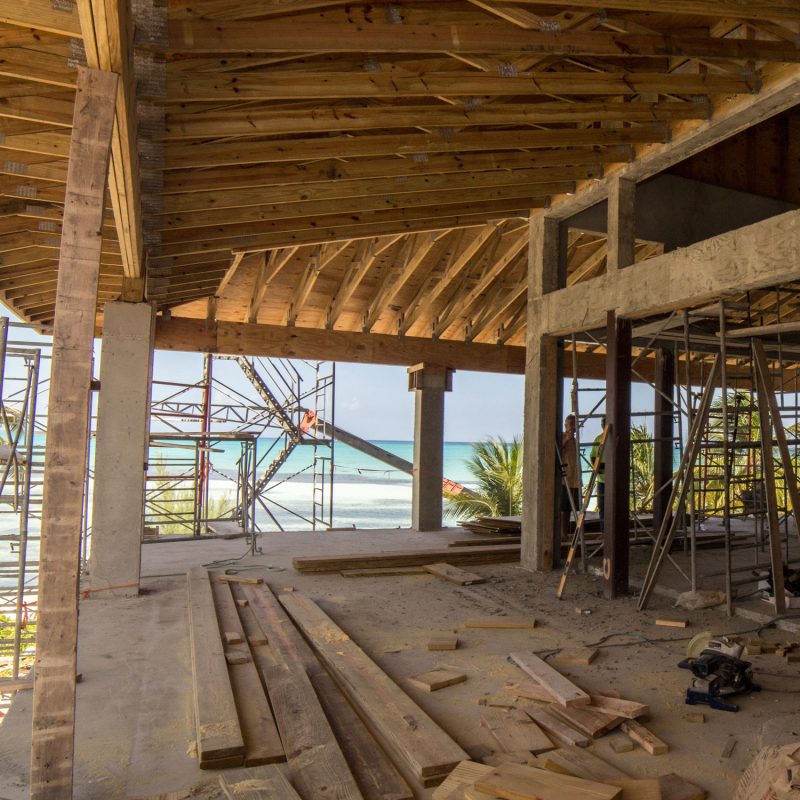
Building Success is in the Details
Building codes dictate the size of individual framing parts and the methods used to connect them. These codes are formulated using known engineering laws and properties. We are well-versed in the building codes and strictly adhere to them, and we work with our architects or yours whenever necessary to make sure all components are properly sized, creating a structure that is safe, sound and free from structural problems.
It is important to make sure that walls are flush and straight, corners are square and boards are level. A poorly-done concrete shell construction project will affect the quality of the finished home or commercial structure. Our thoroughness and attention to detail result in only the highest quality, accurately-built shell structures.
Construction Materials & Concrete Basics
The use of concrete as a construction material began in ancient Rome. The Romans used a mixture of volcanic sand, water, small stones and lime mortar to create concrete. In its wet form, concrete assumes the shape of the container you pour it into. Concrete forms a strong stone surface once it hardens. All types of concrete contain limestone as a primary ingredient.
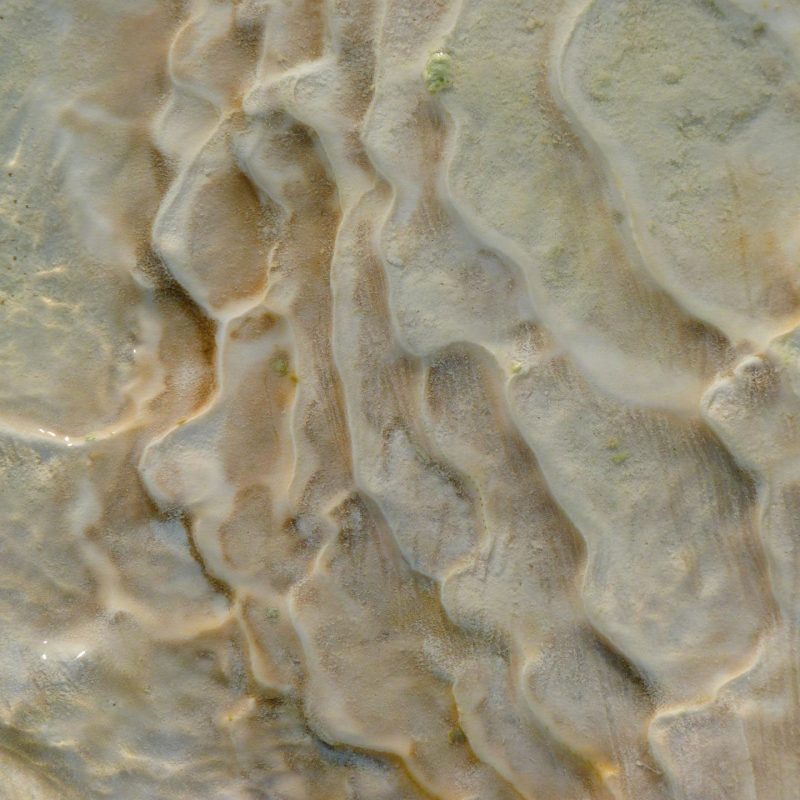
What is Limestone?
Limestone is any type of rock that contains 50 percent or more of calcium carbonate. It is found mainly in aquatic environments. Limestone is formed by the accumulation of coral, shells, algae and fecal matter from aquatic animals.
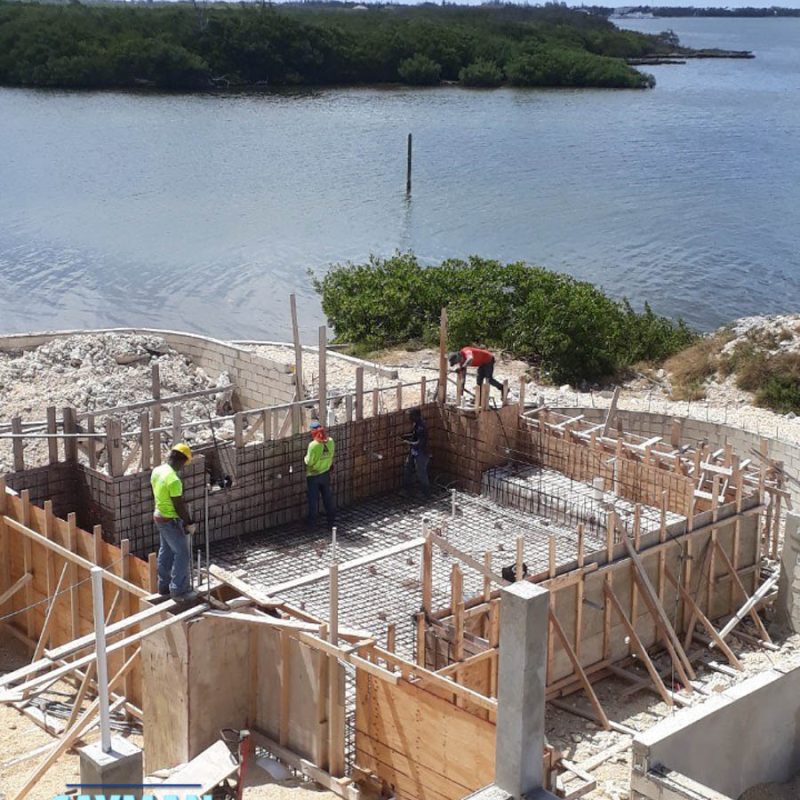
Crushed Concrete
As the name suggests, crushed concrete is concrete that has been crushed into small pieces. Concrete weakens and cracks as it ages. Many companies crush old concrete into small pieces and reuse it in various applications. Some roads are built entirely from crushed concrete.
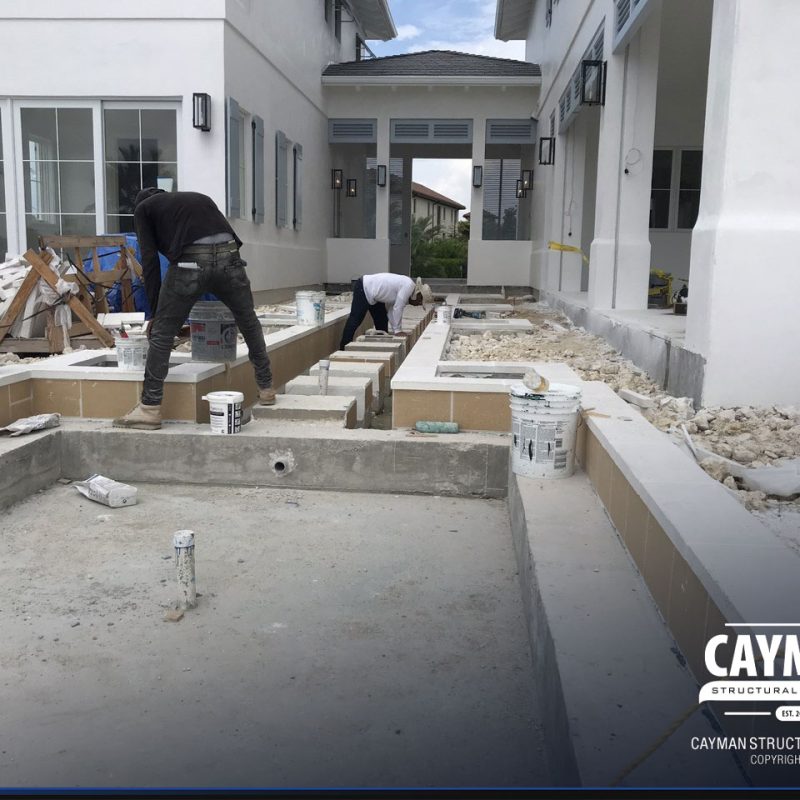
Limestone vs. Crushed Concrete
The main difference between limestone and crushed concrete is that the former is a naturally occurring compound while the latter is a man made construction material. However, both materials can be used in residential and commercial concrete shell construction.
